How elite riders combine high level racing with full-time jobs
All but a handful of elite women riders have to fit in training around full-time jobs — just like most amateurs. What can we learn from how they manage such demanding schedules?

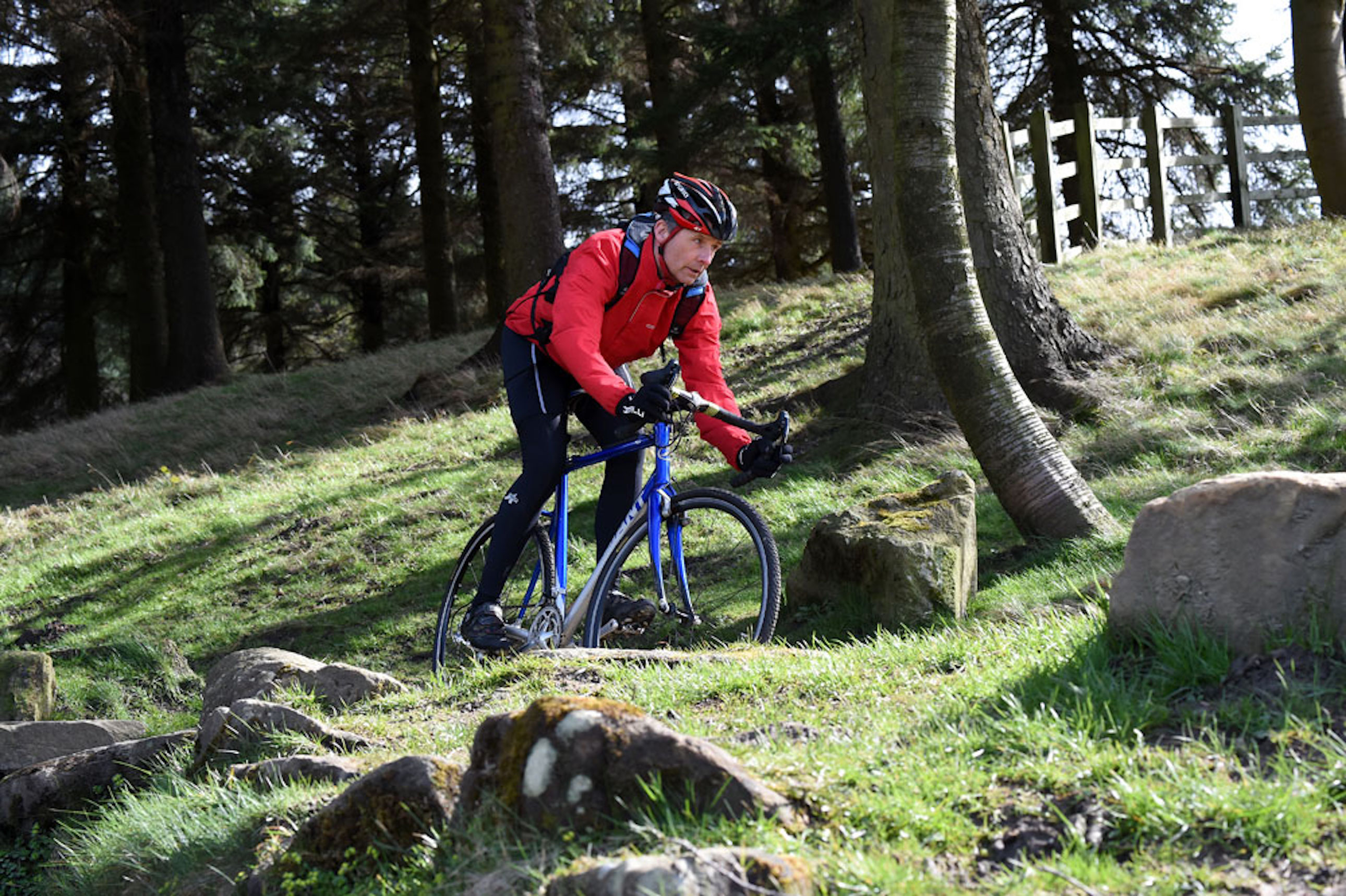
Why do so many more elite women racing cyclists have full-time jobs compared to their male counterparts?
Moreover, how do those women who work full-time and race at a very high level fit in their training?
And what can you, as an amateur who has to fit in training around myriad other commitments, learn from their discipline and routines?
What's certain is that elite women have to approach their training with ingenuity, smart time-management and, of course, sheer determination.
It’s no secret that women in cycling don’t get paid nearly as much as men. At every level there’s a discrepancy.
>>> ‘It’s ludicrous that there isn’t equal prize money for women in road cycling’
Take the WorldTour, where each men’s team, and these figures are from 2013, has an annual budget of €10m to €25m, whereas a women’s team has more like €500,000.
Get The Leadout Newsletter
The latest race content, interviews, features, reviews and expert buying guides, direct to your inbox!
Or take elite racing in the UK: most male riders, certainly the regular winners, are full-time racers — yet among the women this is true only of those on British Cycling plans.
It's a similar story at the Bianchi Dama team, who compete at elite level in the UK, riding televised races such as the Tour Series.
They all work or study full-time, and their jobs and studies are demanding.
I met the team at a pre-season get-together in the Midlands.
The idea was to discover how they fit their training around their studies or jobs, but also to ask their views on where women’s racing is now, where it’s going, and what can be done to close the gender gap.
>>> Equal prize money for men’s and women’s British Cycling elite road series
Focus on quality
Emma Cockcroft answered my first question:
“Quality over quantity is the main thing. If you have less time to train, then go harder in the time you’ve got.
"As a sports scientist, in my opinion the whole idea of putting in lots of base training is crap,” she says.
Time management is important too, and Cockcroft is a glowing example.
She’s a graduate student studying for a PhD, which she works on during journeys to the Midlands and at any opportunity during the weekend so as to meet deadlines without eating into her training time.
Charlotte Colclough doesn’t feel that full-time work affects her training for UK racing, although she says:
“It would be nice to be a full-time cyclist, to really give it a go, and to race in Europe you have to be full-time because it’s more demanding and there’s more travel.
"I’ve raced in Belgium some weekends, and with the travel on top of races, by the time you get back home you are so tired at work on Monday.”
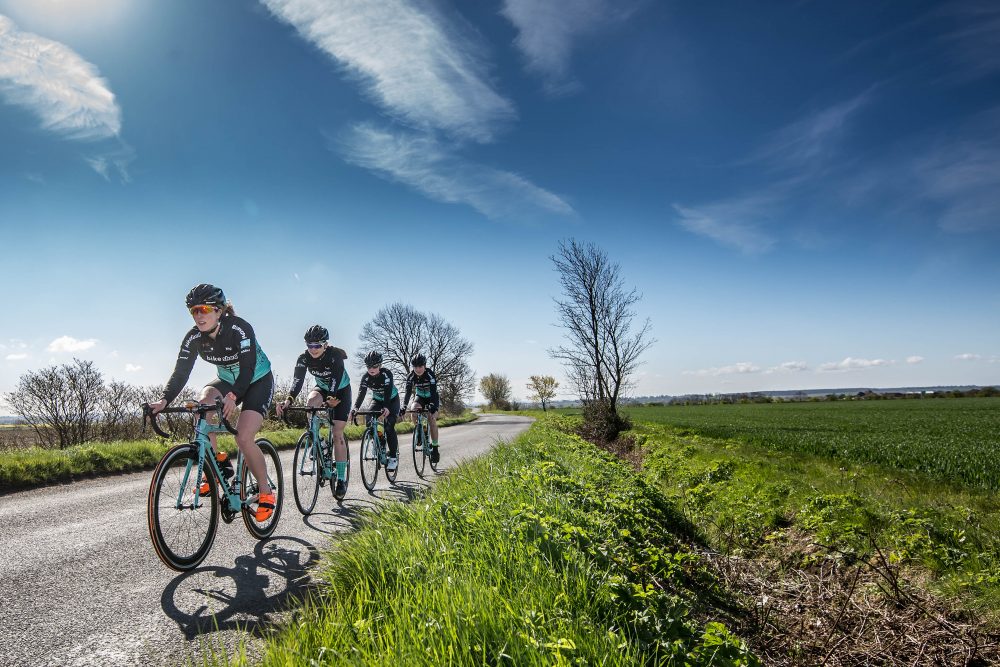
Make it count
Bethan Stubbs is a junior doctor, and the demands of that job are always in the spotlight.
“I’m on my feet all day, from when I start at 7.45am until I get home at around 5.30pm,"
she explains. "It might be later, and you’ve got things on your mind, so the motivation to go training can be hard.
"What I do, though, is make sure I do a two-hour ride twice a week. I know that’s what I can cope with.
"I make the two rides count, and I enjoy them.
“For me, training is a good time not to think about work, so I look forward to my training sessions that way.
"It’s hard to be consistent, though. If I’m doing a night shift I don’t ride. I might try to go to the gym instead.”
The message from Stubbs is, do what you know you can do, what the demands of your job will support, and be content with that.
Fretting about not doing enough training only adds to any stress from your job.
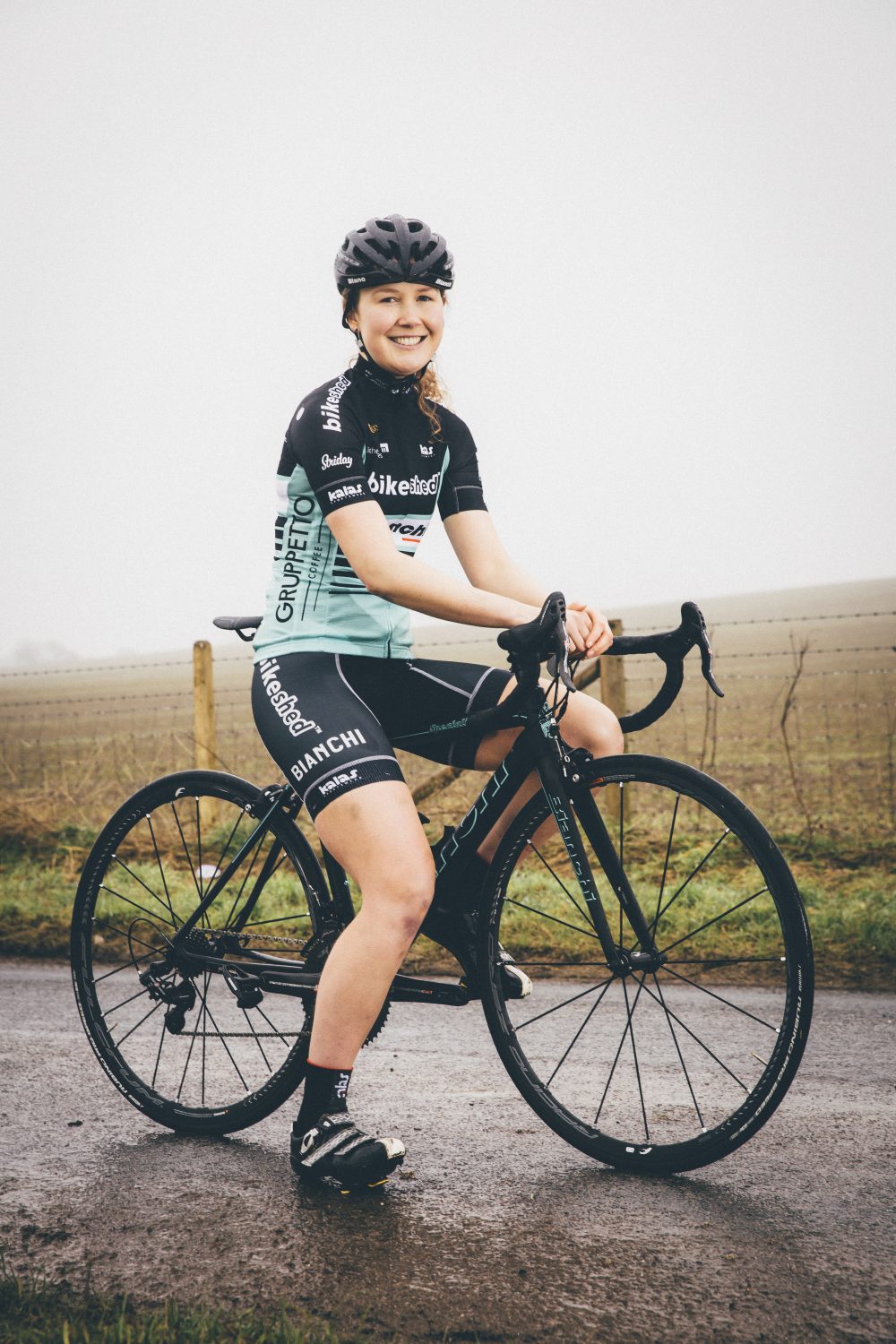
Anyway, the two nights a week training, so long as they provide a good training stimulus, plus a race at weekends, is a tried-and-tested training model that has worked for years.
Many people over-complicate their training, and their fitness drops because of it.
Jess Duffy works in child protection safeguarding 16-year-olds, and she says: “It’s the sort of job where you can never choose when you’ll leave work, so I get up early and do my training before.
"I think it’s always good to have a purpose too.
"So whenever you train you can say I’m doing this ride because... and put in what you want to achieve.
"Being part of a team spurs me on too. It’s refreshing to be with people from different backgrounds.
"We’ve certainly bonded as a team; there’s a great atmosphere and everybody who has come in has picked up on that.
>>> Elite cyclist, full-time worker: finding the right balance to stay at the top
More TV time: the future of women’s cycling
When I asked the Bianchi Dama team members whether they would like to race full-time if the opportunity came at the top level, even if only for a year, they all said yes.
The opportunity could come if there was more money in the women’s WorldTour. Prize money in some races has increased, but the sponsors are reluctant to invest in the teams.
Why is that? Luckily we had the country director of Bianchi UK, Andrew Griffin, at the meeting, and he thinks the answer is straightforward.
“It’s TV exposure,” he says.
“If a business sponsors a men’s WorldTour team it gets hours and hours of TV exposure
>>> Tour de France 2017 live TV guide
"Three weeks during a Grand Tour when your name or logo can be on the TV every day. That’s why businesses from outside cycling, big businesses with deep pockets, sponsor men’s teams.
"If women’s cycling gets more TV time, then those sponsors will invest in it.
“We got involved with this team because women are an important market in cycling. Our women’s-specific bikes account for 14 per cent of total sale, but we know women buy a lot of men’s bikes as well.
"Plus — and it’s only anecdotal evidence from our dealers but it’s consistent — women increase the unit price of items bought in bike shops.
"They are style-drivers, they buy good-quality items, and if women and men shop together as couples, they increase the unit price of the goods that men buy.
"That’s very important for shops, because selling bikes isn’t usually a problem, it’s clothing that can stick and soak up profit.”
Bridging the gap
There is no doubt that increased media coverage of women’s cycling, especially on TV, is the key to closing the gender gap on earnings.
Everybody, from the UCI to the racers themselves, agree on that. But the Bianchi Dama riders stress that things are improving.
Sarah King says, “It’s changing. There were more women than men in the Tour Series last year, and coverage has gone from two minutes to 20 minutes.
"And there were 140 women in the 2016 Lincoln Grand Prix. The equal prize money in some races is good too.”
There are signs that things are changing that could result in the gender gap closing, but there’s a long way to go.
Sponsors are there waiting, they know the potential value women can add to their profits.
Coverage is the key — more TV coverage means more investment and increased earnings.
It can happen but it needs everyone involved: race organisers, teams, the media and cycling’s governing bodies to work together at all levels to build women’s cycling.
It will take time; the talent is there, and so, among many, is the will to do it.
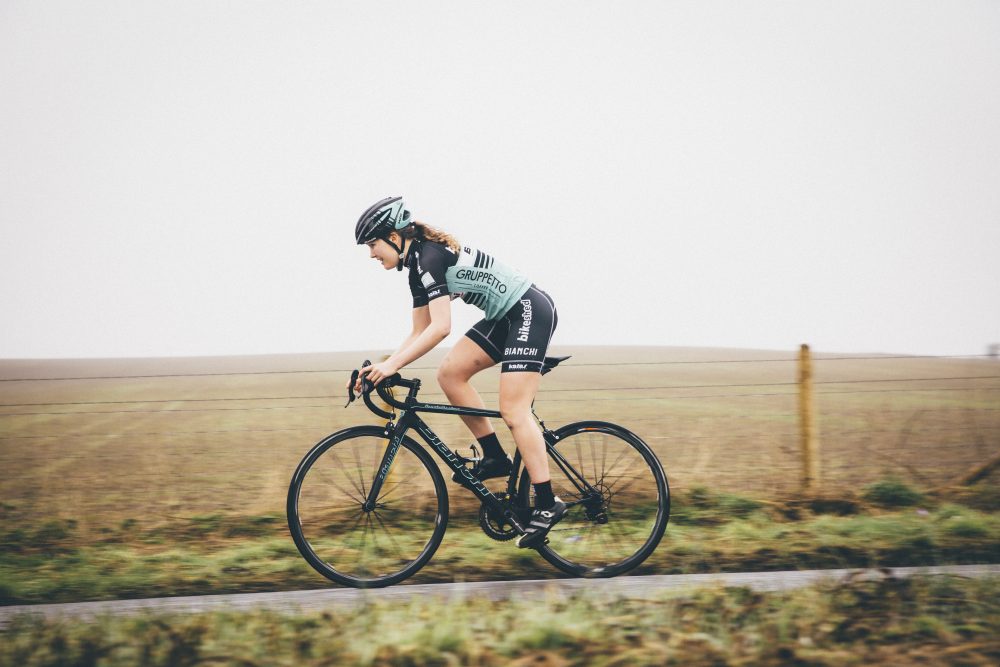
Bianchi Dama’s time-saving advice
A few tips on how to make the most of your limited time available for training from a team that knows all about getting the most bang from their training buck.
Let there be light
"People sleep too much anyway, especially in winter when short days make you sleepy. Get one of those Lumie lights for winter, so you get a good dose of strong light, like sunshine, every day. Then you won’t feel like you need more sleep in the winter." - Emma Cockcroft
Train before not after work
“I find it’s harder to motivate myself to train after work. You might be tired or have things to think about, plus work might be longer than you expected. I always train before work, even when I was at university and doing my veterinary rotations.” - Georgie Panchaud
Prepare the night before
“If you are training early in the morning lay all your cycling kit out the night before. Then you just get up, put your cycling kit on, and you’re out on the bike without thinking about it.” - Jess Duffy
Turbo power
“I find that 45 minutes on the rollers or turbo doing time trial efforts really gets me fired up. It’s a session you can fit in anywhere, and once I get going I get into doing the effort. It’s straightforward, time-saving training, but really effective.” - Sarah King
Make a date
“If you arrange to meet a group at a certain time, it makes getting out on dark cold nights a lot easier, because there’s a social element to training that way as well.” - Charlotte Colclough

Thank you for reading 20 articles this month* Join now for unlimited access
Enjoy your first month for just £1 / $1 / €1
*Read 5 free articles per month without a subscription

Join now for unlimited access
Try first month for just £1 / $1 / €1

Chris has written thousands of articles for magazines, newspapers and websites throughout the world. He’s written 25 books about all aspects of cycling in multiple editions and translations into at least 25
different languages. He’s currently building his own publishing business with Cycling Legends Books, Cycling Legends Events, cyclinglegends.co.uk, and the Cycling Legends Podcast
-
 7-Eleven returns to the peloton for one day only at Liège-Bastogne-Liège
7-Eleven returns to the peloton for one day only at Liège-Bastogne-LiègeUno-X Mobility to rebrand as 7-Eleven for Sunday's Monument to pay tribute to iconic American team from the 1980s
By Tom Thewlis
-
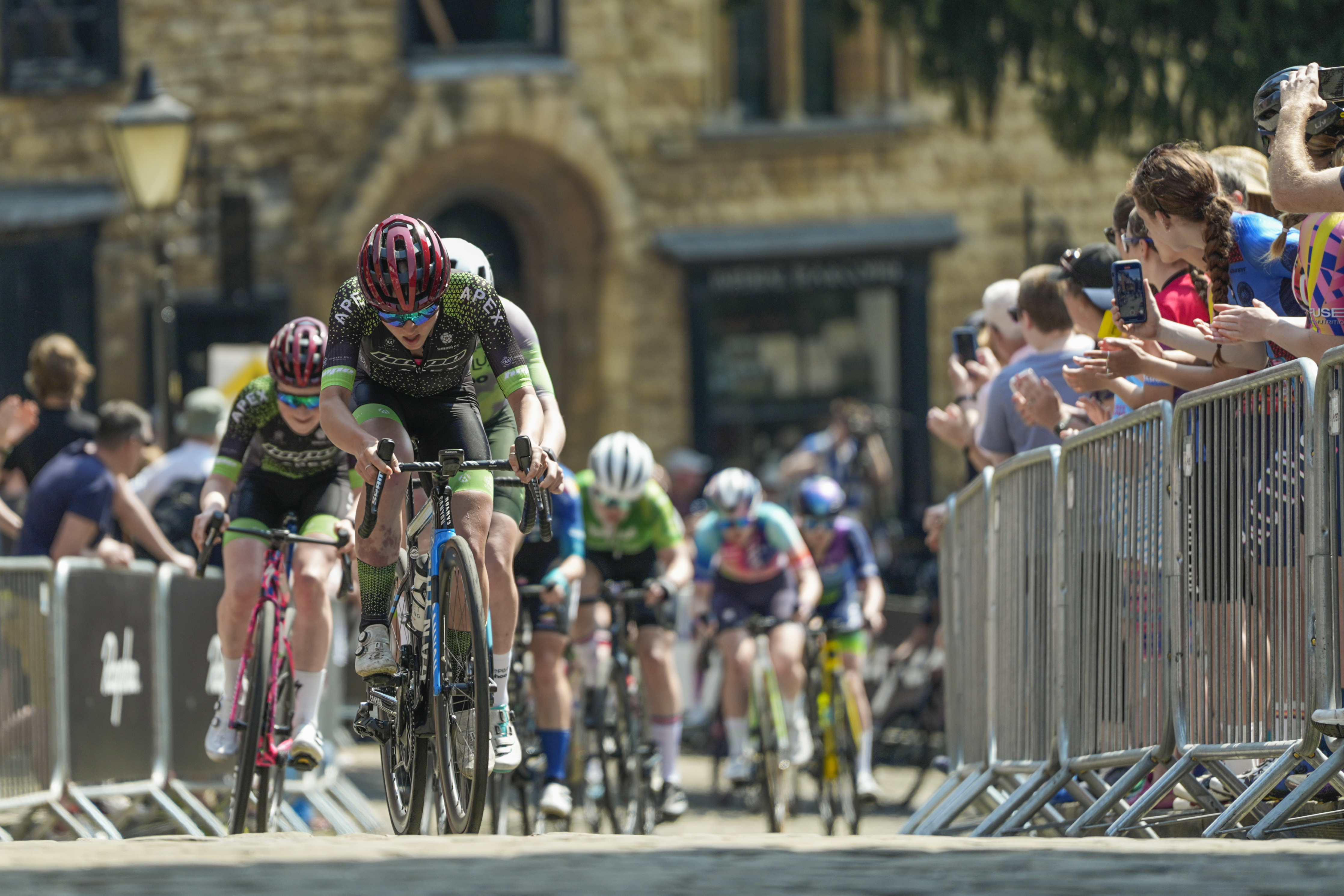 Rapha launches the Super-League, a new British road racing points competition
Rapha launches the Super-League, a new British road racing points competition16 events make up the Rapha Super-League, including crits and road races, with overall winners crowned
By Adam Becket